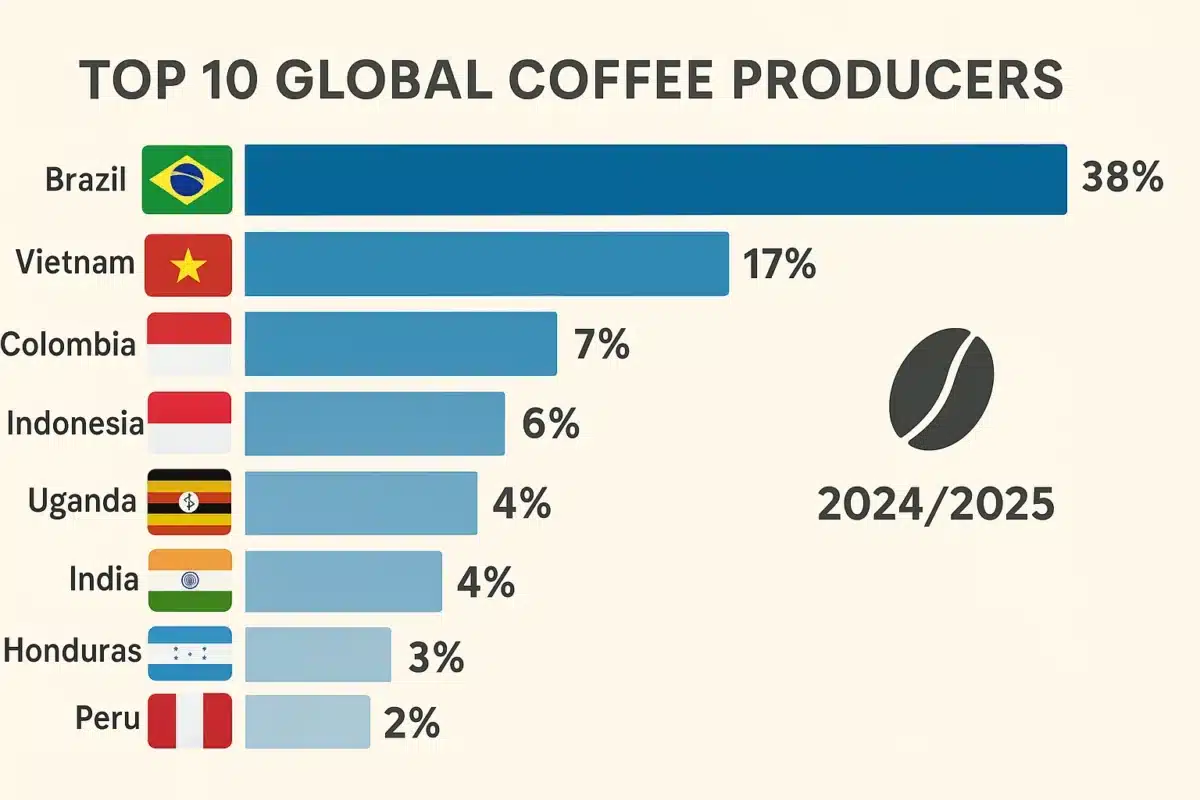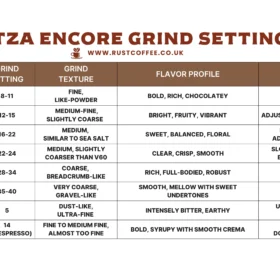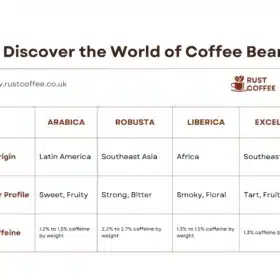Master Your Brew with Lab-Tested Gear & Beans
The story starts in the Ethiopian highlands, where wild coffee plants have flourished for centuries. Legend has it that around the 9th century, a goat herder named Kaldi noticed his goats frolicking energetically after eating red berries from a particular bush. Intrigued, he tasted the berries himself and discovered their energizing effects.
Coffee Stains Coffee Guides
How to Remove Coffee Stains? Latest Expert-Backed Methods for Cotton Shirts, Fabrics, Carpets, Walls & More
Coffee Guides Beginner’s Corner Brewing Methods
What is The Best Temperature to Brew Coffee: Master the Perfect Brew Every Time?
Coffee News & Updates
Applications Open for the 2025/2026 CAS in Coffee Excellence by ZHAW and SCA
Coffee Guides Beginner’s Corner Coffee Science
Can You Drink Coffee While Pregnant? Your Evidence-Based Guide to Caffeine Safety
Coffee Guides Coffee News & Updates
Family Dollar Ground Coffee Lawsuit Settlement: How to Claim Your Share & Understand Your Rights
Grinders Brewing Methods Coffee Science Gear Reviews
Baratza Encore Grind Settings: Why 9 Out of 10 Coffee Lovers Are Making This Mistake and How to Fix It
Coffee Guides Accessories Bean Reviews Beginner’s Corner Brewing Methods Coffee Science Espresso Machines Gear Reviews Grinders Iced Coffee Latte Art Recipes & Hacks Single-Origin Spotlight UK Roasters Uncategorized
How to Make Coffee Less Acidic: Unlock the Secret to a Smoother, Best Stomach-Friendly Brew
Coffee Guides Beginner’s Corner Brewing Methods Coffee Science
How to Make a Macchiato: The Ultimate Home Barista Guide to Hot and Iced Cafe-Style Perfection?
Best Caffeine Calculator
Total Estimated Caffeine (mg):
Nature’s Perfect Nursery
rust coffee
When asking Where do coffee beans come from? In terms of geography, the answer is the coffee belt, a narrow region around the equator between the Tropics of Cancer and Capricorn. This zone spans Latin America, Africa, and Asia, providing the ideal climate and conditions coffee plants need:
- Altitude: Between 500 to 2,500 meters, the altitude greatly affects bean density and flavor complexity.
- Temperature: Arabica thrives in 15-24°C; Robusta prefers warmer 24-30°C.
- Rainfall: Annual precipitation between 1,200 to 2,500 mm is ideal, with dry seasons for harvesting and drying.
- Soil: Volcanic, well-drained soils enrich beans with unique minerals.
At Rust Coffee – What We Offer
with lots of love
Simple coffee guides for beginners.
Best machines, grinders & gear reviews tested to death.
Easy brewing techniques for any method.
Reason for Trust
We’re not some fancy coffee corporation. We’re just people who messed up enough times to help you get it right.
We give you straight facts about coffee – no BS
We test every product ourselves, read thousands of real customer reviews, and stay on top of coffee trends so you don’t have to. We’re not paid by any brands – what you get is 100% honest advice.
